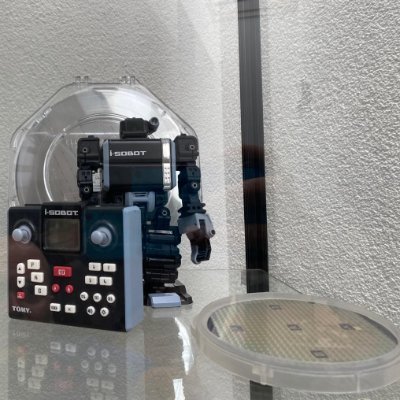Search results for #KubernetesTips
When using Kubernetes, be mindful of the default DNS resolution mechanism, which can lead to slow service discovery. Consider using CoreDNS or Kubedns instead, as they offer better performance and more features #KubernetesTips #DistributedSystems
In Kubernetes, when using environment variables in a Deployment's container, use `env` field instead of `envFrom` to avoid variable inheritance from parent containers. This ensures consistent configuration across all replicas. #KubernetesTips #DevOps
Don't ignore resourceRequests and limits. Your app might be a sleepy puppy in dev and a raging lion in prod. #KubernetesTips #Performance
8️⃣ TL;DR Context switching = 🔐 safety net + ⚡ productivity boost. ☑️ Avoid mistakes ☑️ Boost collaboration ☑️ Stay sane across multiple environments A single kubectl command can save your entire production cluster 💡 #KubernetesTips
Tip: Use `readinessProbes` and `livenessProbes`. Otherwise, Kubernetes will assume your app is alive and happy, even when it’s not. Like some of us. #KubernetesTips #DevOpsLife
Fix: Ensure all replicas run the same build. Used unique Docker tags (e.g., :production-<SHA>) for each deployment. CI/CD now pushes consistent, atomic updates to K8s. Rolling updates replace old pods predictably. No more random 404s! #NextJS #KubernetesTips
⚠️ Confused about readinessProbe vs livenessProbe? readinessProbe: Is my app ready to serve traffic? livenessProbe: Is my app alive or stuck? Misconfigure them, and your pods might restart unnecessarily or receive traffic too soon. #KubernetesTips #DevOps #skillup #k8s #AWS
When using Kubernetes Persistent Volumes (PVs), ensure that your PV's StorageClass has a reclaimPolicy set to "Delete" to avoid leaving orphaned PVs when deleting Pods, to prevent resource waste and improve cluster management. #KubernetesTips #DevOps
🚀 Kubernetes isn’t hard if you respect the beast. Start with these practical tips & you’ll build more resilient, secure, and scalable clusters. ❤️🔥 Like + Repost if this was useful. Follow for more DevOps content! #KubernetesTips #SRE #CloudComputing #DevOps
💬 What confused you most when you started learning K8s networking? Let’s make it simpler — together. #DevOps #K8s #KubernetesTips #CloudComputing #ContainerOrchestration
To avoid downtime at the database level, I implemented Pod Anti-Affinity. This ensured my MongoDB primary and secondary pods were never scheduled on the same node — so one VM going down won’t kill the entire DB. #HighAvailability #KubernetesTips
"Struggling with pod network configurations? What are your go-to tools and strategies for managing them? Share your insights! #DevOps #KubernetesTips #PodNetworking"
⚙️ Top tips for optimising #Kubernetes: ✅ Right-size pods ✅ Use autoscaling ✅ Monitor costs What’s your go-to tip? #CloudOptimisation #DevOps #30DayChallenge #KubernetesTips #TechTips #KubernetesBestPractices
1️⃣5️⃣ Kubernetes Best Practices ✅ 🔹 Use namespaces for isolation 🔹 Monitor & log everything 🔹 Secure sensitive data with Secrets 🔹 Set resource limits on pods 🔹 Automate deployments with CI/CD 🔹 Use network policies to restrict traffic #KubernetesTips
5️⃣ConfigMaps & Secrets = App Settings 🛠️ ConfigMap = Public settings (like app instructions). Secrets = Private keys & passwords. They let you configure your app dynamically without hardcoding sensitive info. Security + Simplicity! 🔒 #CloudSecurity #KubernetesTips
Why use ConfigMaps in Kubernetes? 🌐 If your container lacks write permissions, ConfigMaps are a great way to mount env variables into pods—no container modification needed! Handy for handling DB connection data like port numbers! 🔗 #KubernetesTips #Containers
"Boost your K8S performance! Use `kubectl describe pod <pod_name>` to view detailed pod info. Check cluster nodes with `kubectl get node`. Use `kubectl logs -f` to monitor container logs. #KubernetesTips #K8sShortcuts #ContainerOrchestration"


















